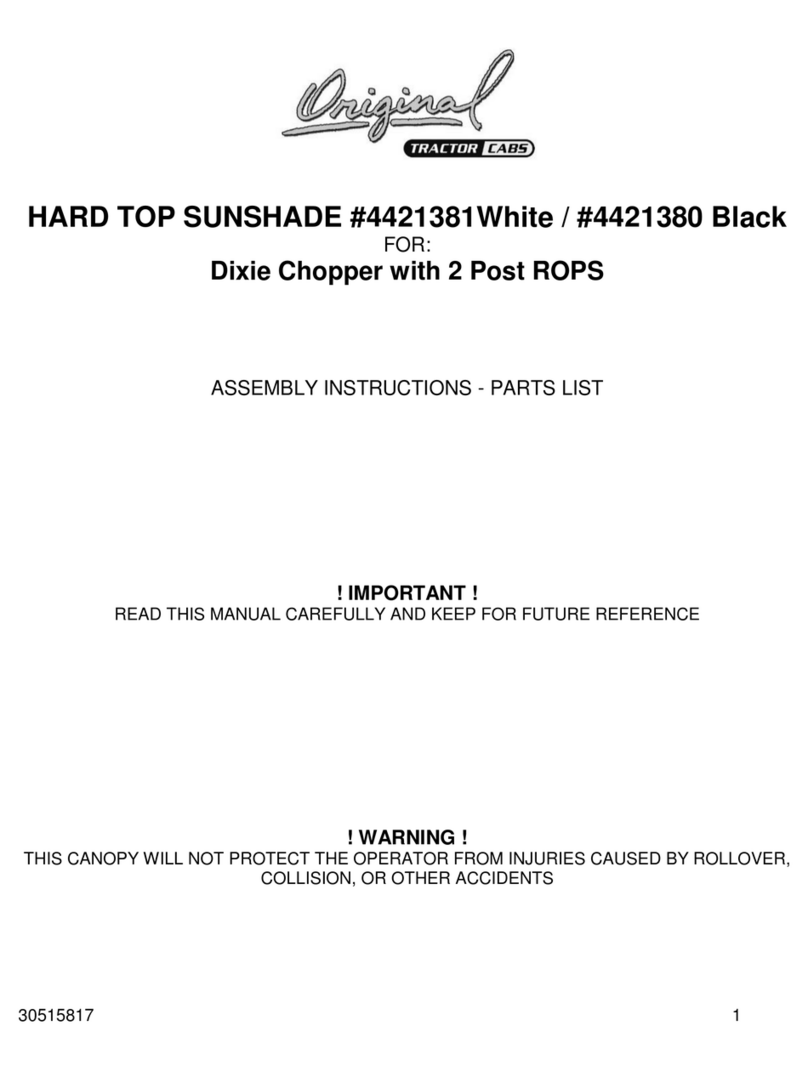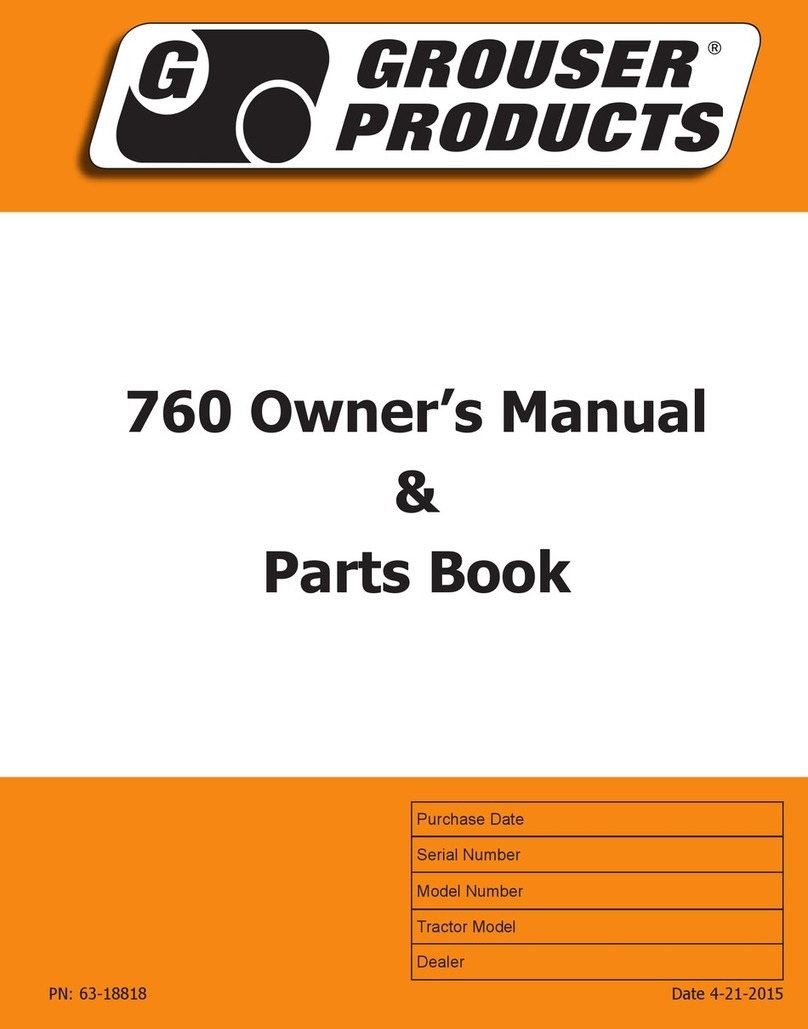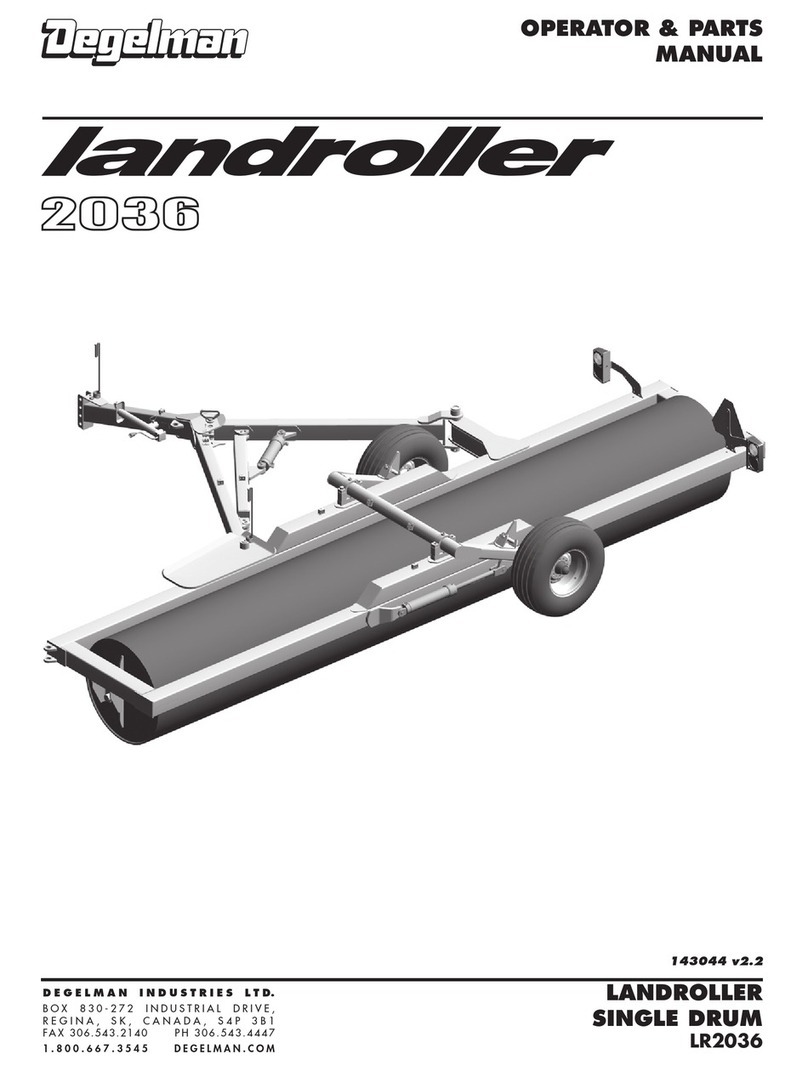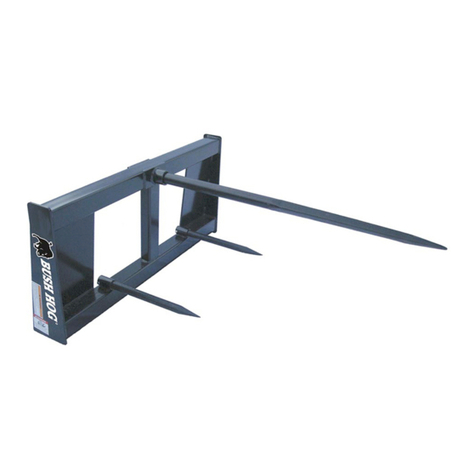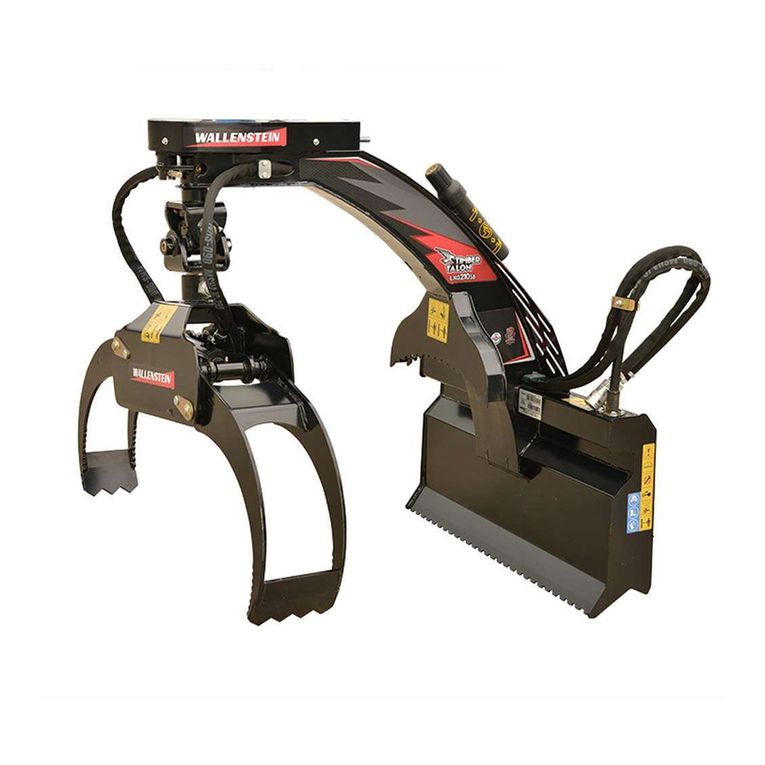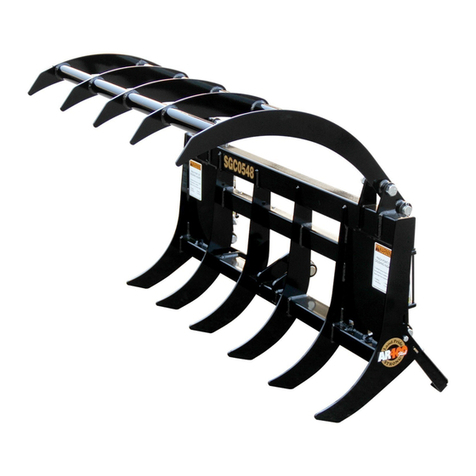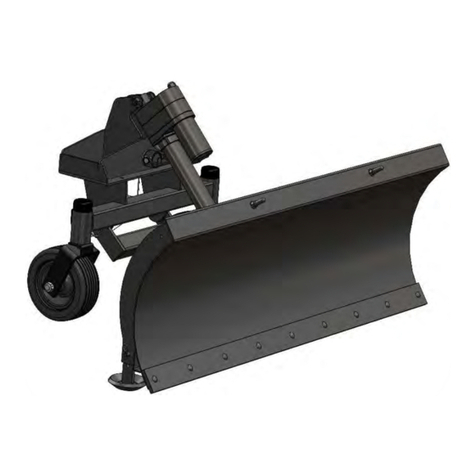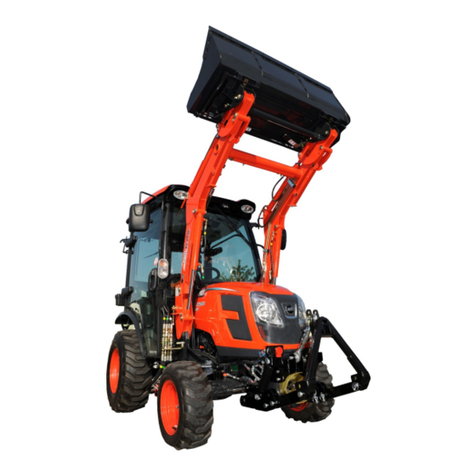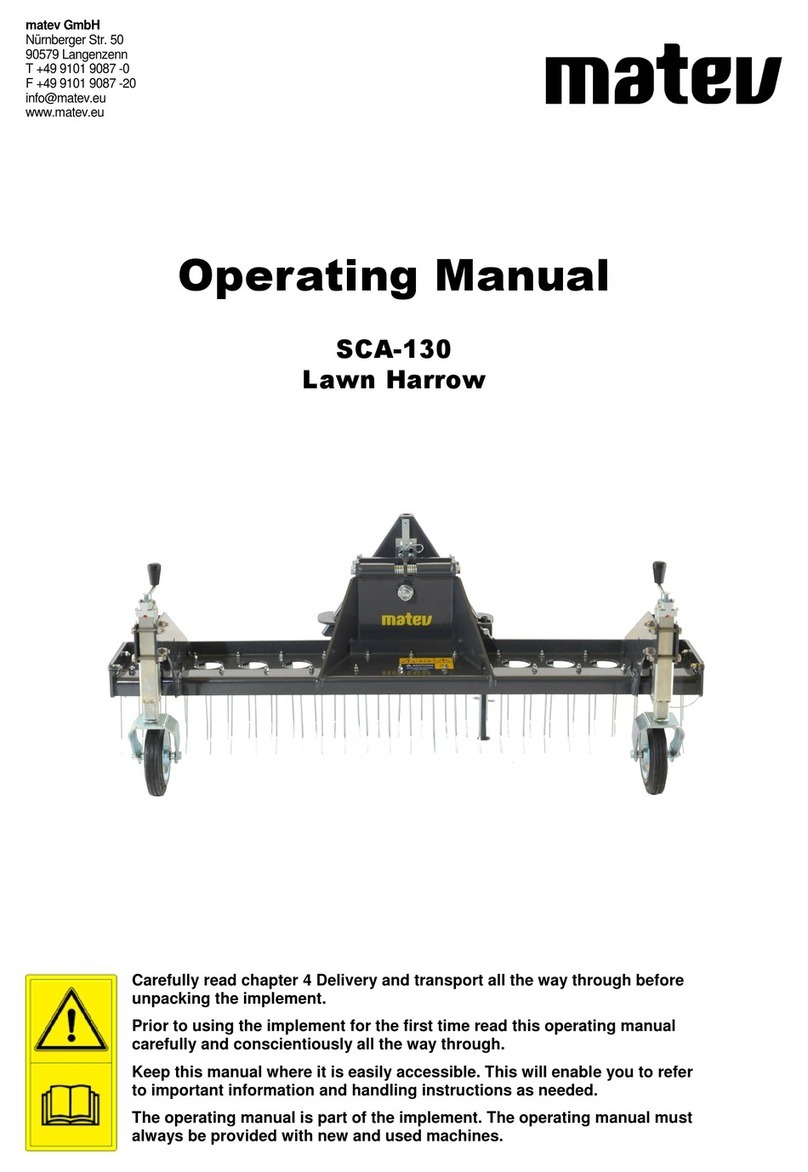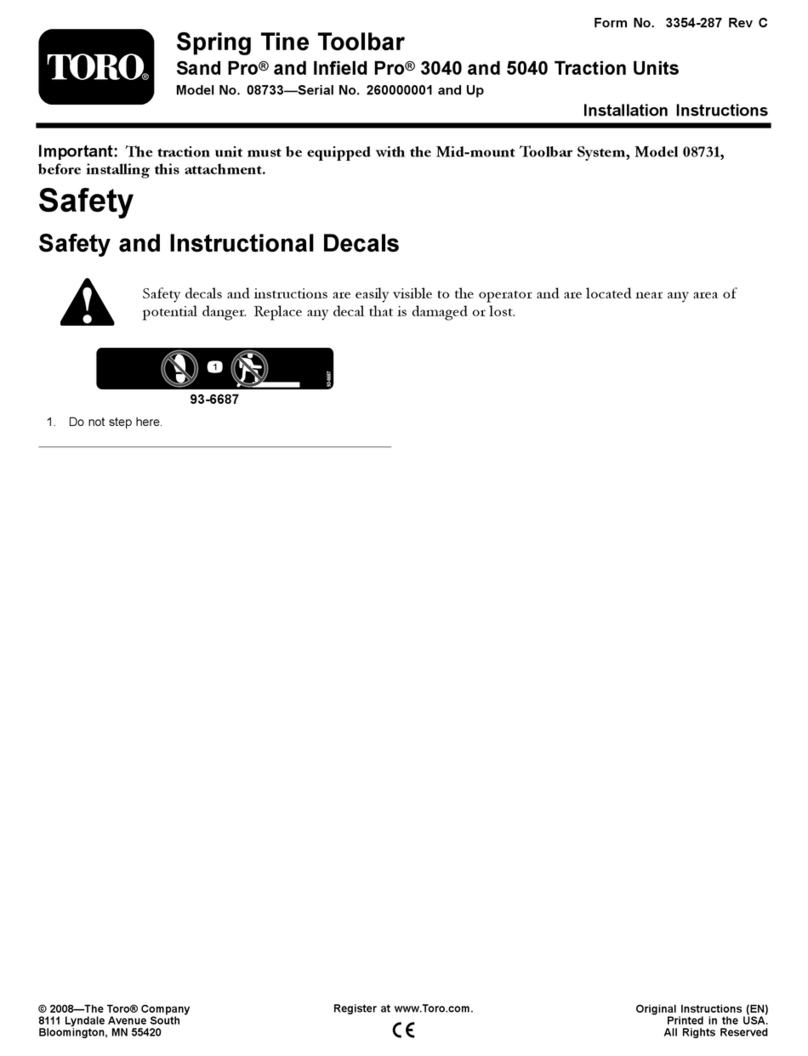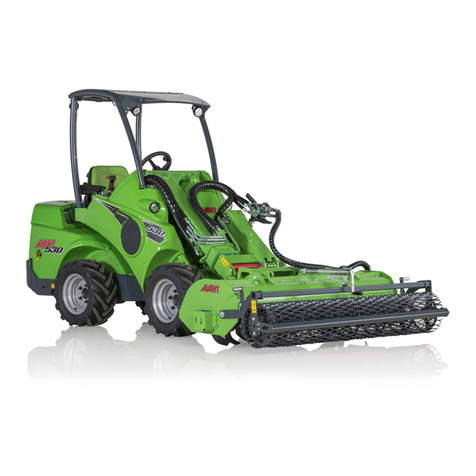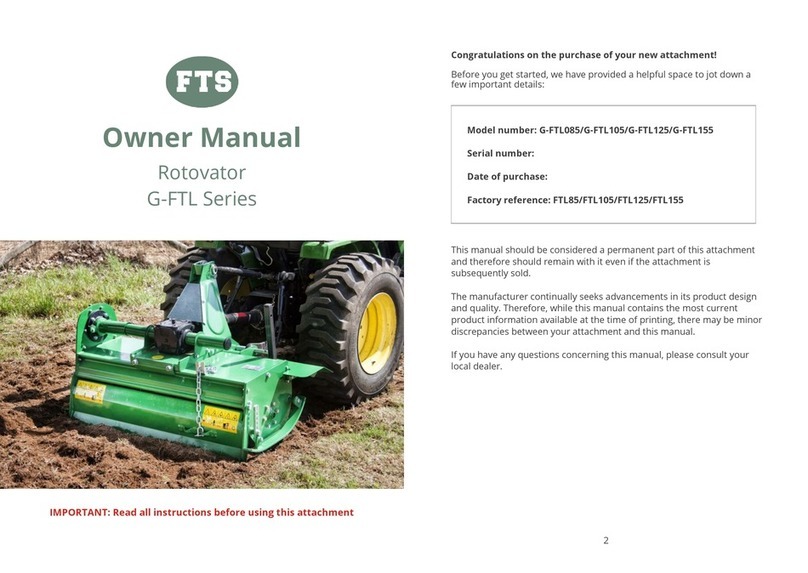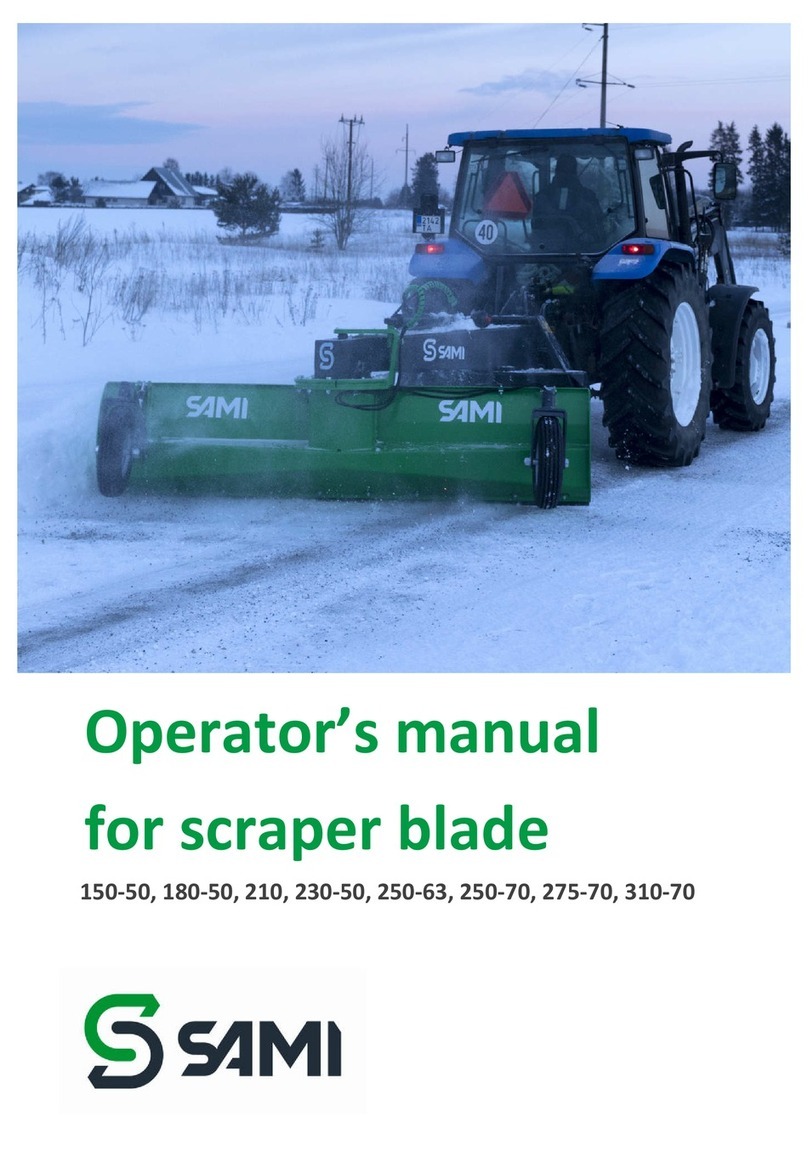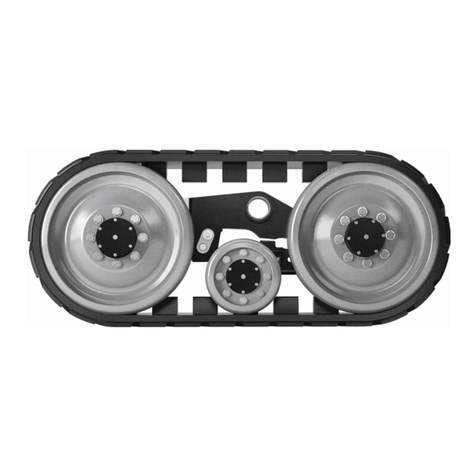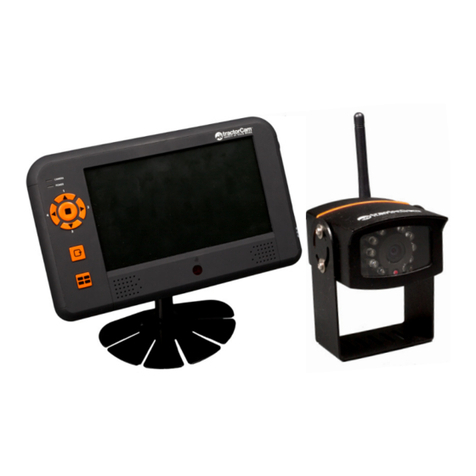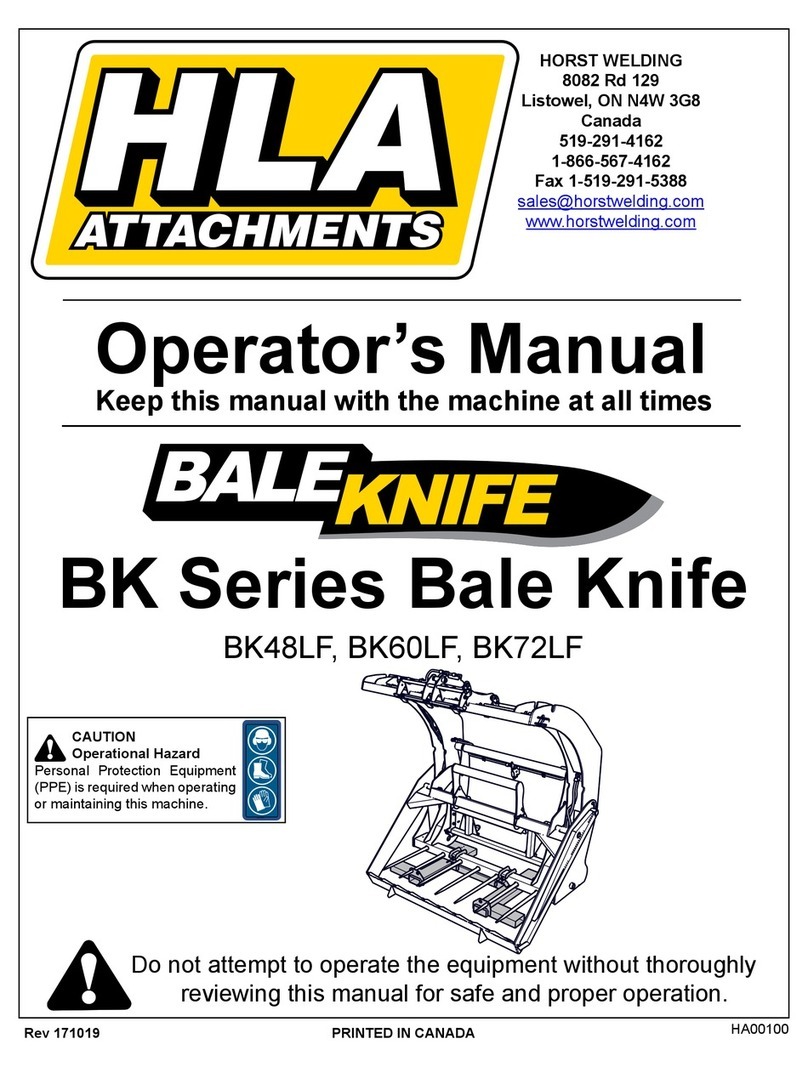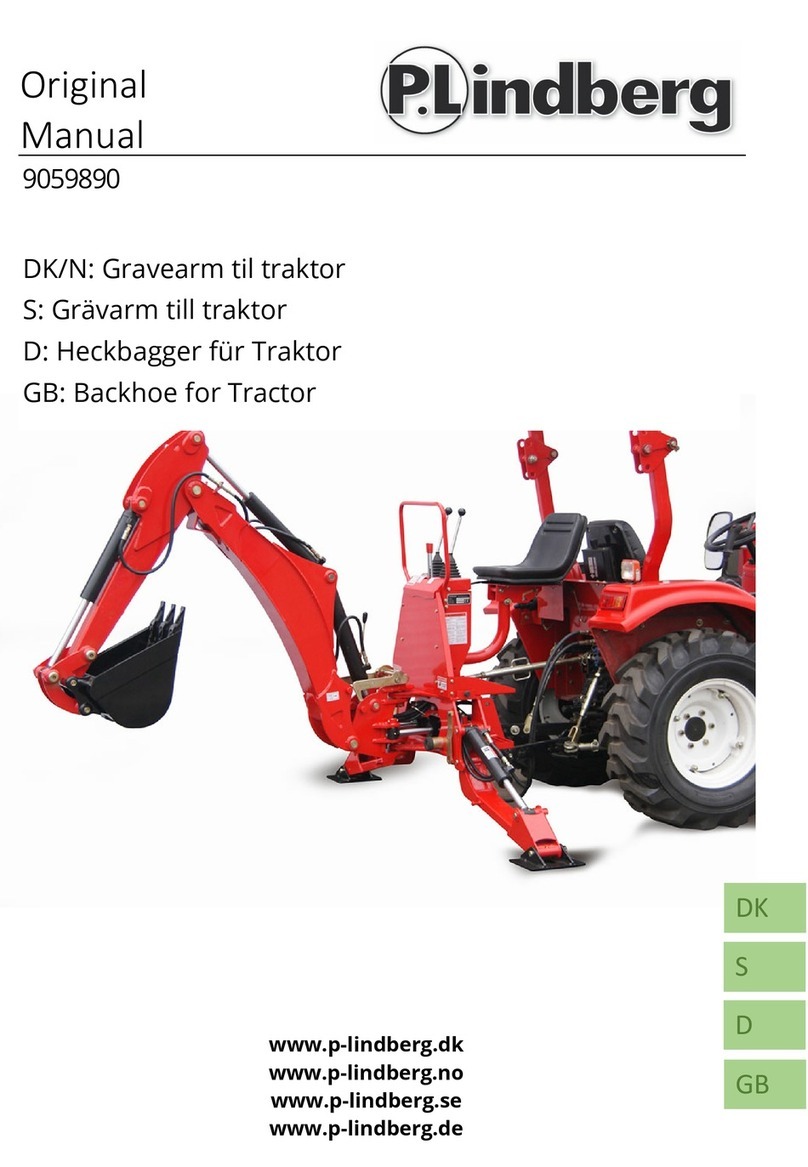
Safety FXP20, FXP30
Skidding Plate
Safety
8
2.4 Safety Rules
Safety is a primary concern in the design and manufacture of
Wallenstein products. Unfortunately, efforts to provide safe
equipment can be wiped out by a single careless act.
• It is the operator's responsibility to read,
understand and follow ALL safety and
operation instructions in this manual.
• The operator of this skidding plate must be a responsible,
properly trained and physically able person familiar with
the equipment and trained in the operation of a tractor.
Learn the controls and how to stop the tractor quickly in an
emergency before working with the skidding plate.
• An employer has the responsibility to train employees how
to operate the equipment they are using. When someone
does not understand the basic operation of a piece of
equipment, they can create dangerous situations very
quickly. Operators must completely understand:
-Safety section of this manual
-Safety decals on the equipment
-Tractor operator's manual
• If this equipment is used by any other person, loaned or
rented, it is the owner's responsibility to make certain that
prior to using it, every operator is fully trained.
• Review safety related items annually with all personnel who
will be operating the equipment or performing maintenance.
• Keep a first-aid kit available for use
should the need arise and know how to
use it.
• Have a fire extinguisher available for use
should the need arise and know how to
use it.
• Never consume alcohol or drugs when operating this
equipment. Alertness or coordination can be affected.
Consult your doctor about using this equipment while
taking prescription medications.
• Always wear PPE when operating, servicing, or maintaining
the equipment. Hard hats, protective glasses, protective
shoes, gloves, reflector type vests and ear protection are
types of PPE that may be required.
• Avoid loose fitting clothing, loose or uncovered long hair,
jewelry, and loose personal articles. These can get caught
in moving parts.
• Prolonged exposure to loud noise may
cause permanent hearing loss! Power
equipment with or without equipment
attached can often be noisy enough to
cause permanent, partial hearing loss.
• Wear hearing protection on a full-time basis if the noise in
the operator's cab exceeds 80 dB. Noise over 85 dB on a
long-term basis can cause severe hearing loss. Noise over
90 dB adjacent to the operator on a long-term basis may
cause permanent, total hearing loss.
• Keep bystanders at least 20 ft (6 m) from the equipment or
logs during operation.
• Complete the Pre-start Checks before starting work (see
page 17).
• Do not risk injury or death by ignoring good safety
practices.
2.5 Equipment Safety Guidelines
• Place the equipment in a Safe Condition before performing
any service, maintenance, storage preparation, or hooking
up (for instructions, see page 9).
• Replace any safety sign or instruction sign that is not
readable or is missing. Location and explanation of safety
signs start on page 12.
• Make sure that the following components are in good
condition and not worn or damaged. Replace damaged
components.
-Anchor shackle(s)
-Saddle-grab hook(s)
-Pins (toplink, hitch, lynch, and implement)
• Before using the equipment, check the condition of the
choker chain, logging tongs, synthetic choker, or other
items used to attach logs to the skidding plate. A damaged
chain, tongs, or synthetic choker can break and cause
serious injury or equipment damage. Replace damaged
items.
• Do not modify the equipment in any way. Unauthorized
modification may result in serious injury or death and may
impair the function and life of the equipment.
• Always skid up a slope. Do not skid across or down a
slope.
• Do not allow riders on the equipment at any time. There is
no safe place for any riders.
• Do not exceed a safe travel speed when skidding.
• When using a tractor, make sure that it is equipped with a
full complement of suitcase weights on the front frame or a
front end loader for added stability.
• Never exceed the limits of the equipment if its ability to do a
job, or to do it safely is in question.

